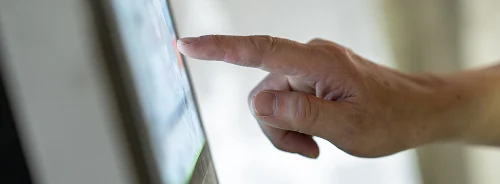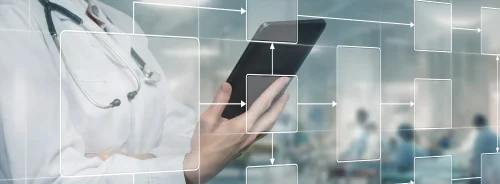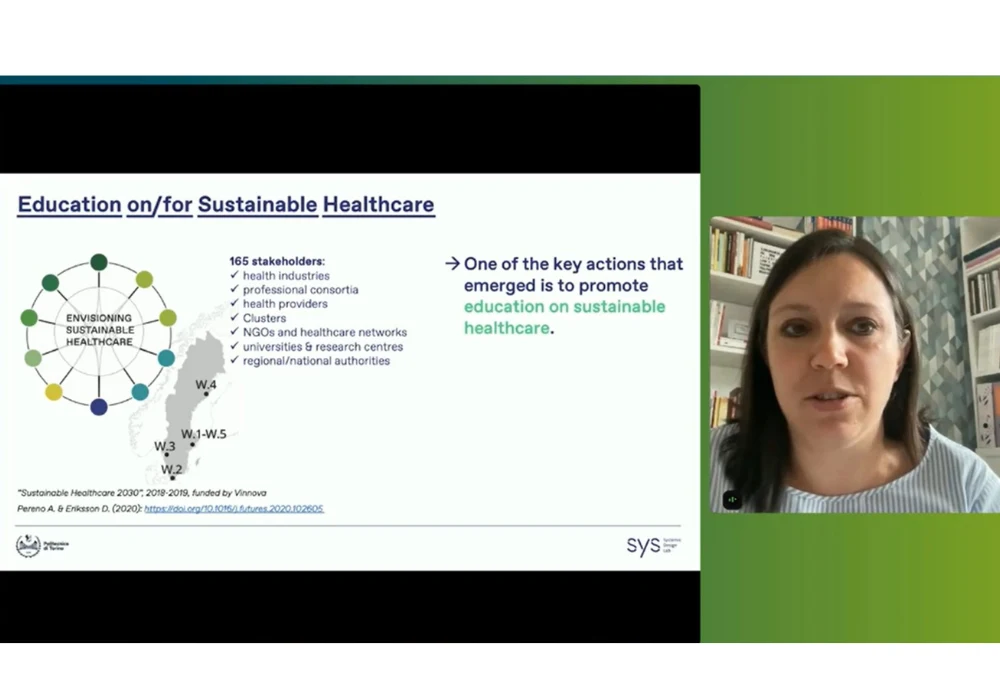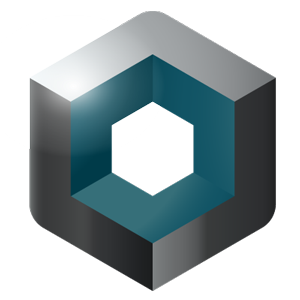Education is a cornerstone for achieving lasting transformation in healthcare systems. At the CleanMed Europe Conference, the session dedicated to this topic highlighted diverse initiatives aimed at equipping healthcare professionals with the skills and mindset necessary to drive sustainability. The speakers underscored how education can embed sustainable practices into medical curricula, influence daily routines in clinical settings and bridge the gap between intention and action. While the approaches varied, the shared objective was to foster a culture of environmental and social responsibility within healthcare systems. Projects spanned local, national and international contexts, demonstrating that effective change often begins with well-crafted learning strategies tailored to real-world needs.
Building Bridges: Design Methods for Sustainable Healthcare Education
Amina Pereno, Assistant Professor at Politecnico di Torino and project coordinator of the EU-funded ZELTA initiative, presented an international collaboration focused on sustainable healthcare education. Drawing on her earlier involvement in scenario planning with the Nordic Center for Sustainable Healthcare, she explained how multi-stakeholder workshops had identified education as a critical enabler of system-wide change. The ZELTA project responds to this insight by offering a systemic approach to training that spans treatment, product design, and strategic planning.
Comprising seven partner organisations—many of them networks of healthcare and industry stakeholders—ZELTA develops hybrid learning tools through co-creation. These include short interactive videos, downloadable reference materials, and drag-and-drop learning exercises. The project began with a comprehensive needs analysis, involving surveys and interviews across hospitals, companies, and public authorities. A key finding was the necessity of building motivation: “You can lead the horse to water, but you can’t make it drink,” Pereno remarked, reflecting the challenge of encouraging uptake among professionals.
The project identified core competency areas, such as understanding the relevance of sustainability, communicating its complexity and fostering co-creation. It also recognised that learning must be differentiated by role. Pilot results showed that learners appreciated the clarity of the training structure, the integration of practical examples, and the interdisciplinary collaboration. Challenges included usability issues in interactive modules and the need to tailor content for varying experience levels. Nevertheless, Pereno affirmed that this blend of digital and in-person elements helps create a more engaging and impactful learning experience.
Teaching Materials for Conscious Environmental Handling of Pharmaceuticals for Human Use
Arne Hein, Senior Scientific Assistant at the German Environment Agency (UBA), introduced a national initiative focused on reducing pharmaceutical pollution through education. Highlighting the scale of the issue, he noted that over 1,300 environmentally relevant pharmaceutical substances are consumed in Germany, and that more than 400 active ingredients have been detected in the environment. Given that these substances are designed to remain active and stable, they pose significant risks to aquatic and terrestrial ecosystems.
Must Read: Enhancing Medical Education Through Electronic Health Records
Hein’s team developed an educational portal titled Human Medicines and Environment, which will soon be available in English. The portal targets both professionals and patients, offering downloadable materials such as leaflets, postcards, and a birthday calendar for pharmacists to distribute. Central to the initiative are open-access PowerPoint modules for pharmacy and medical students. Developed through an iterative process involving expert panels, literature reviews and test lectures, the modules cover the entire lifecycle of pharmaceuticals—from prescription and use to disposal.
The presentation content is structured by learning objectives and includes key statements and take-home messages. Topics range from pharmaceutical environmental impact to behavioural recommendations for professionals and patients. Hein emphasised that all slides are accompanied by detailed background documentation, allowing for deeper exploration and ensuring scientific rigour. “Every slide is... [editable] and can be used independently,” he added, highlighting the flexibility and modularity of the teaching materials. While translation into English is ongoing, the German version is already in use and offers a replicable model for other countries.
Centre for Sustainable Hospitals: Educational Programme
Michael Maagaard, Senior Consultant at the Centre for Sustainable Hospitals within the Central Denmark Region, presented an evolving educational initiative embedded within a large public health system serving 1.3 million people. His unit, focused entirely on circular economy practices, has grown rapidly from three to thirty-five members in four years—a reflection of increasing institutional commitment to sustainability.
Rather than a single course or project, Maagaard described a strategy built on continuous development and close alignment with workplace realities. A regional survey revealed that while staff are environmentally engaged in their personal lives, many feel unsure how to integrate these values into their professional roles. Surprisingly, although 94% of respondents said they were motivated to contribute to sustainable change, a majority felt that such efforts brought little visible benefit to their departments.
This disconnect has led Maagaard’s team to focus on communication and competence-building tools that are practical, local and user-driven. Core messages are distilled into a three-part mantra: “They should know how to use less, use longer and use greener.” Educational components include mandatory short video-based e-learning, a voluntary guide app linked to onboarding systems and a comprehensive online catalogue of tested sustainability measures. Local ambassadors help translate general advice into actionable departmental plans, while a business intelligence platform tracks consumption and emissions at the unit level. “We need to be present and relevant in the actual rooms where the people are,” Maagaard emphasised, noting the importance of adapting tools to frontline needs.
The session underscored that meaningful education for sustainability in healthcare must be practical, collaborative, and responsive to context. Whether by designing interactive digital tools, embedding environmental knowledge into existing curricula or creating locally adapted guidance, each initiative demonstrated how education can shift mindsets and practices. Despite challenges—ranging from rigid curricula to limited visibility of benefits—there was clear consensus on the power of shared resources, open access and co-creation. The transformation of healthcare begins not just with new information, but with enabling individuals across roles and disciplines to act on that knowledge.
Source & Image Credit: CleanMed Europe 2025










